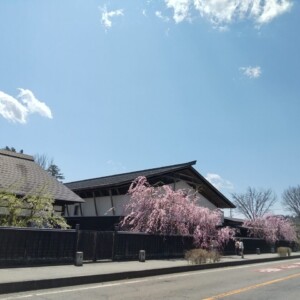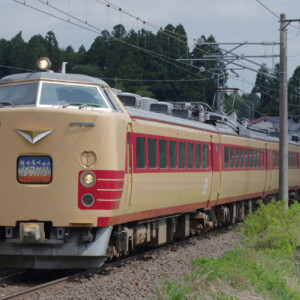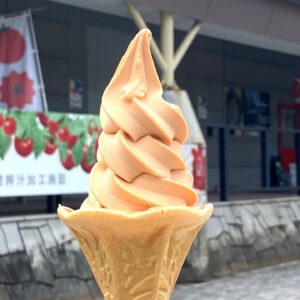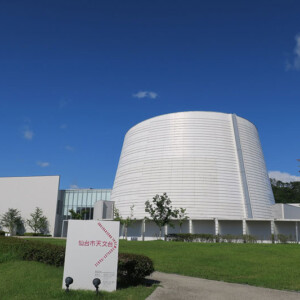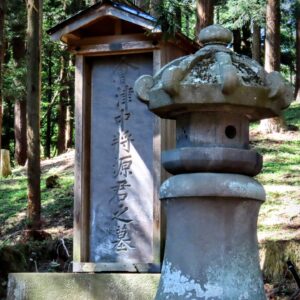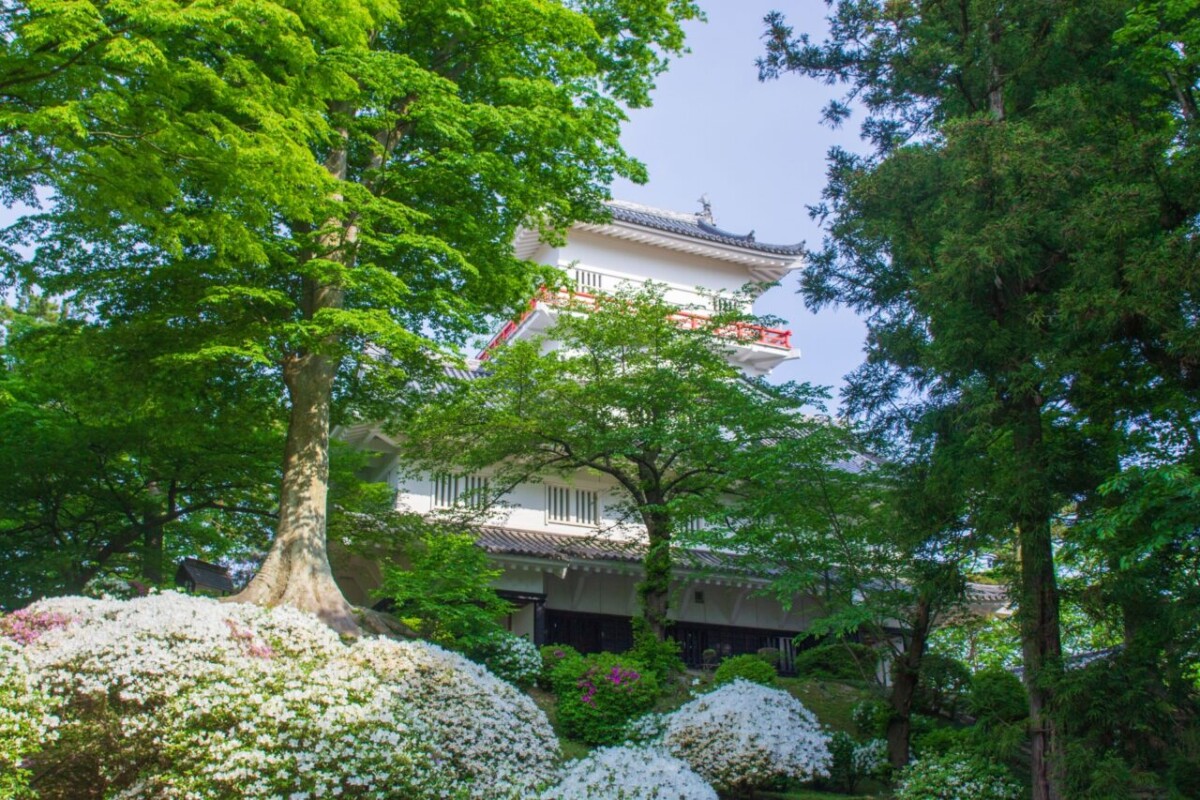
[Akita Prefecture during the Boshin War] What were the decisions of the Kubota, Kameda, Honjo, and Yajima domains?
table of contents
- 1 Kubota domain (Akita domain), the ideology of kingship that has been criticized on all sides
- 2 Kameda Domain, a small domain sandwiched between two rival large domains.
- 3 Two small domains that followed the Kubota domain: Honjo domain and Yajima domain
- 4 summary
- 5 “Boshin War and Ou-etsu Domain Alliance” Articles from other prefectures
In Akita Prefecture at the end of the Edo period, in addition to the Kubota domain (Akita domain) and its branch domains, which had a total of 200,000 koku, there were only small domains such as the Kameda, Honjo, and Yajima domains, each with a total of less than 20,000 koku.
The Kubota domain and other domains in Akita Prefecture were all dominated by the theory of support for the king, and in Ou they acted as government forces at an early stage.
Kubota domain (Akita domain), the ideology of kingship that has been criticized on all sides
The Kubota clan's official value was 205,800 koku, but the actual value is said to be 400,000 koku.
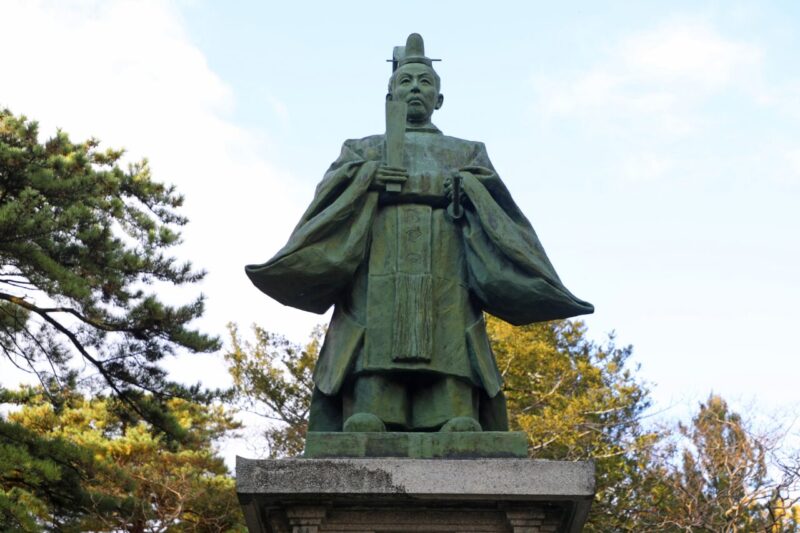
Yoshitaka Satake, the 12th lord of the domain, was the 30th head of the Satake clan (later the 32nd head of the clan), and the Satake clan descended from the Seiwa-Genji clan, and until the Battle of Sekigahara, was based in Hitachi (Ibaraki Prefecture).54 It was a feudal lord with a million koku, but it sided with the Western army and had its territory reduced and transferred to another country.
There are two branch clans in the Nitta branch, and their residence is Kubota Castle (Akita City Senshu Park).
As the only large domain in the Tohoku region with over 200,000 koku of land to side with the government, it was attacked intensively, and about two-thirds of its territory was reduced to scorched earth.
The idea of loyalty to the king that lives within the domain
The Kubota domain was the birthplace of Atsutane Hirata, a scholar who was a central pillar of the Sonno-joi movement at the end of the Edo period.
At the age of 20, Atsutane left the domain and ran away, and was adopted by the military tactician Atsuyasu Hirata in Edo, where he studied various studies and established the Restored Shinto theology that ``the Emperor is the ruler of all nations.'' To do.
At the age of 65, he was exiled from Edo and returned to the Kubota domain, where he was employed as a Japanese scholar.He spread the idea of respect for the king in the education of the domain's children, and left a great influence on the domain's samurai.
The Kubota clan is in turmoil, whether to be a king or a sub-shogun.
The Kubota clan, along with the Kameda, Honjo, and Yajima clans, raised an army in response to orders from the new government to subjugate the Shonai clan.
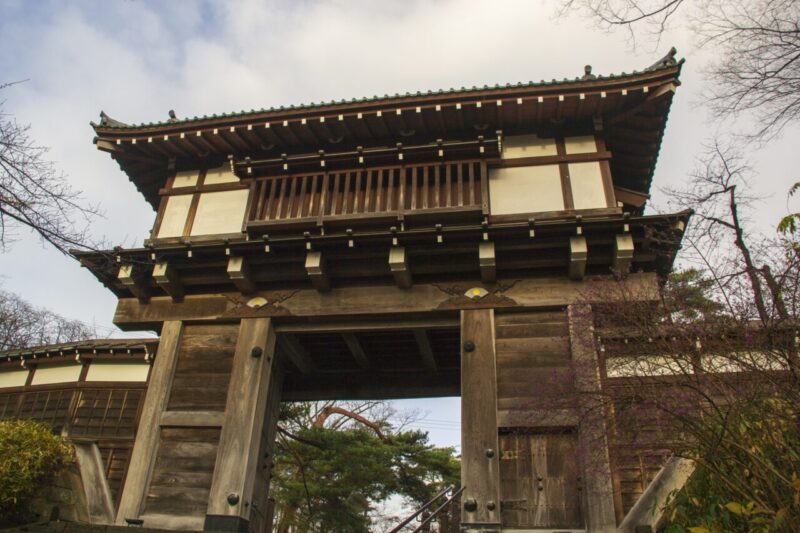
However, there was an air of doubt within the Shonai clan about how it had become an enemy of the Imperial Court, and morale was low, and the Shonai clan sensed the dispatch of troops and received a preemptive attack, resulting in a total collapse and defeat.
Akita War, a lonely struggle
Eventually, the Ou Etsu Domain Alliance was established, and Michitaka Kujo of the Ou Chinpaku Governor-General's Office, who had been under house arrest in Sendai, was released and entered the territory of the Kubota Domain, making it a gathering place for government troops.
A messenger arrived from the Sendai domain urging them to join the alliance, but the feudal retainers of the clan, who were loyal to the king, cut down the messenger, and as a result, they decided to side with the new government and raise the ``Nishiki no Gobanta.'' .
Battle with the Shonai Domain and the Alliance of Domains
The Shonai domain captured Shinjo Castle, the residence of the Tozawa clan, the lord of the Shinjo domain, and the army continued to conquer the Kubota, Yajima, and Honjo territories, with a near-consecutive victory streak.
The Shonai clan invaded Kubota territory from the inland Yamadoguchi and the Kaidoguchi along the Sea of Japan, forcing the Kameda domain to surrender and approaching Kubota Castle.
However, the Kubota clan and other clans in Akita prefecture, who received reinforcements from the government army and the provision of new guns, defeated the Shonai clan in the Great Battle of Tsubakidai, and the defeated Shonai clan sent its army back to Japan to defend its territory.
Kubota Castle Ruins<Information>
- Name: Kubota Castle Ruins
- Address: 1-4 Chiaki Park, Akita City, Akita Prefecture, 010-0876
- URL: Akita City HP
Google Map
Kameda Domain, a small domain sandwiched between two rival large domains.
The first lord of the domain, Yoshitaka Iwaki, was the nephew of Yoshinobu Satake, the first lord of the Kubota domain, and was adopted by Yoshinobu and changed his name to Yoshitaka Satake. He inherited the Kubota domain.

The second lord, Nobutaka, was also Yoshinobu's younger brother (Yoshitaka's uncle), and the fourth lord was a member of the Satake clan.
Therefore, in the early days of the Kameda domain, it received full support from the Kubota domain and was treated like a branch domain.
However, the fifth lord of the domain, Takatsugu, was adopted from the Date clan and had no blood relationship with the Satake clan, and the relationship between the two domains gradually became estranged.
He was lied to by a large feudal lord and became an enemy of the imperial court.
Since there were many supporters of the king, including Takakuni, the 12th lord of the domain, he initially joined the government army along with the Kubota domain.
However, he is constantly overworked on the front lines as a vanguard, and is troubled by the domineering behavior of Tomonosuke Yamamoto, who came to serve as an inspector for the government army.
Fearing the onslaught of the Shonai army, Yamamoto retreated to Akita, and the Kameda clan left behind concluded a peace treaty with the Shonai clan, joined an alliance of clans, and became enemies of the Imperial Court.
In the end, Kameda Castle was burned down and he surrendered to the government army, but Kiyotaka Kuroda, who received the surrender petition, understood the complicated circumstances of the Kameda clan and decided to retire Takakuni and reduce his estate by 2,000 koku. He was given a generous punishment.
Kameda Castle Ruins<Information>
- Name: Kameda Castle Ruins
- Address: 45 Kamedacho, Iwaki Kameda, Yurihonjo City, Akita Prefecture, 018-1217
- URL:ー
Google Map
Two small domains that followed the Kubota domain: Honjo domain and Yajima domain
The Rokugo family, the lords of the Honjo domain, had been feudal lords since before the Battle of Sekigahara and were treated as daimyo with 20,000 koku, but the Ikoma family, the lords of the Yajima domain, were lords of the Yajima domain.
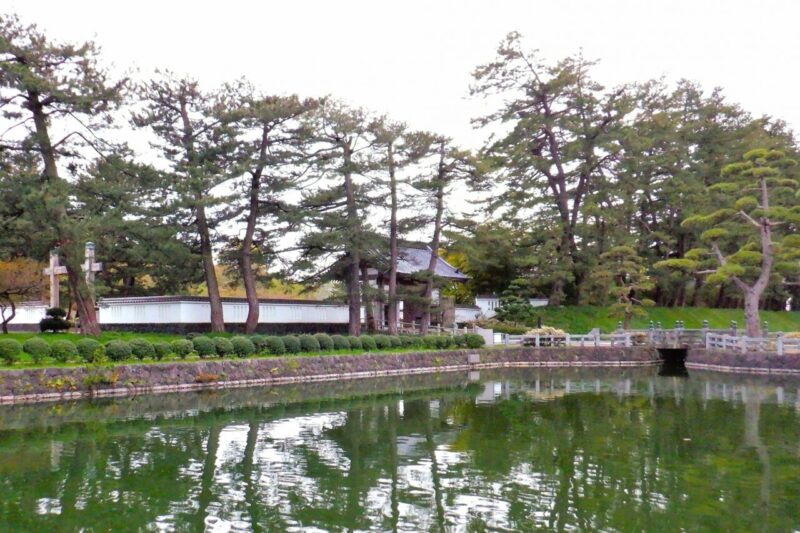
This is one of the family ranks of hatamoto, and is considered to be a family rank similar to that of a daimyo as a hatamoto who carries out sankin and rotation from the territory.
Rokugo Masakane, the 11th lord of the Hongo domain, and Chikayuki Ikoma, the lord of Yajima, were both invaded by the Shonai domain and took shelter in the Kubota domain. After the war, each number was increased, and the Ikoma family became a daimyo.
Honjo Castle Ruins<Information>
- Name: Honjo Castle Ruins
- Address: 8 Ozaki, Yurihonjo City, Akita Prefecture 015-0871
- URL:ー
Google Map
summary
After Sekigahara, the Satake clan was forced to change provinces from Hitachi to Dewa by the Tokugawa shogunate, and there is a theory that this was one of the reasons why they sided with the government army in the Boshin War.







![Yurihonjo City, where Honjo, Kameda and Yajima domains were intersected between the Kubota and Shonai domains [Akita Prefecture] FF2C8AAA4350E7E179F97F97B38B3A2302F-1](https://jp.neft.asia/wp-content/uploads/2024/04/ff2c8aaa4350e7e179f97f38b3a2302f-1-150x150.jpg)
![The historical heritage of Yurihonjo City, which was established by three domains during the Edo period [Akita Prefecture] Tensagi Castle, a theme park that collects the history of the former Kameda domain ©Tabi Tohoku](https://jp.neft.asia/wp-content/uploads/2024/07/78f1019a234bb8928a04b0041a2a581d-150x150.jpg)
![Yokote's history and current cityscape, which has been the setting for many conflicts [Akita Prefecture] B9a8a63b4f44230DD4393E5583Fadc97](https://jp.neft.asia/wp-content/uploads/2023/07/b9a8a63b4f44230dd4393e5583fadc97-150x150.jpg)
![[Aomori Prefecture during the Boshin War] What were the decisions of the Hirosaki, Kuroishi, Hachinohe, and Shichinohe domains? 23980173_m](https://jp.neft.asia/wp-content/uploads/2022/06/23980173_m-150x150.jpg)
![[Chokaisan and Tobishima Geopark: Yurihonjo Edition] A strata from when Japan was the Eurasian continent can be seen B5C46A18BC0CC0CC0E9AD08084EAA5B](https://jp.neft.asia/wp-content/uploads/2024/04/b5c46a18bc0cc79de0e9ad08084eaa5b-150x150.jpg)

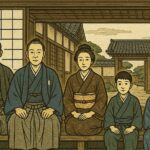
![The battle for bone flesh unfolded in Yokote Basin: "Three Years of Second Year Battle" [Akita Prefecture] 0fb6939d60ada03f05f13ef893cd6663](https://jp.neft.asia/wp-content/uploads/2023/07/0fb6939d60ada03f05f13ef893cd6663-150x150.jpg)
